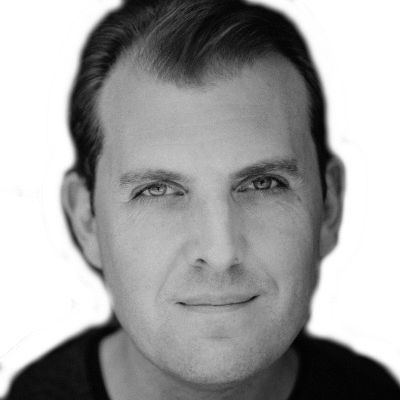Name Tom Standage Role Journalist | Education University of Oxford | |
 | ||
Books A History of the World in 6 Glass, An Edible History of Humanity, The Victorian Internet, Writing on the Wall: Social Me, The Turk: The Life and Time Profiles | ||
Lessons from ancient social media tom standage tedxoxbridge
Tom Standage (born 1969) is a journalist and author from England. A graduate of Oxford University, he has worked as a science and technology writer for The Guardian, as the deputy editor at The Economist, has been published in Wired, The New York Times, and The Daily Telegraph. A consistent approach of his is the use of historical analogy in science, technology and business writing. He has published a collection of articles and surveys from The Economist and six books, including The Victorian Internet. This book explores the historical development of the telegraph and the social ramifications associated with this development. Tom Standage also proposes that if Victorians from the 19th century were to be around today, they would be far from impressed with present Internet capabilities. This is because the development of the telegraph essentially mirrored the development of the Internet. Both technologies can be seen to have largely increased the speed and transmission of information and both were widely criticised by some, due to their perceived negative consequences. Tom's most recent work is Writing on the Wall (2013).
Contents
- Lessons from ancient social media tom standage tedxoxbridge
- Tom standage on the future of print and quality journalism
- The Compression of Space and Time
- Information Overload
- List of works
- References

Tom standage on the future of print and quality journalism
The Compression of Space and Time
The development of the telegraph led to a compression of time and space. Tom Standage believes that prior to the telegraph the speed at which information reached its audience was completely dependent on the transport used to disperse that information. The development of the telegraph freed the transmission of information from the time constraints of transport and eliminated geographic borders. (Standage:1998, p. 102) With the immediate flow of communication came speculation concerning the possible effects of instantaneous communication on society. These speculations included the idea that the telegraph would “cut out the middle man” and lead to the downfall and eventual extinction of the printed press. (Standage:1998, p. 149) This is because newspapers at this time could only disperse information as quickly as the transport that carried them. However, this speculation was proven incorrect with newspaper and telegraph companies establishing an alliance that allowed reporters to use the telegraph to instantly transport breaking stories back to the office. (Standage:1998, p. 150) This gave newspapers the advantage of a far greater reach of information and readership. (Standage:1998, p. 150)
Information Overload
Businesses began to seek ways to capitalise on the instantaneous flow of information brought by the telegraph. Prior to the telegraph, business had been conducted on a local level. Information from foreign counterparts and associates was received once or twice a month. (Standage:1998, p. 165) However, with the introduction of the telegraph the pace of business interactions greatly increased. Updates from foreign counterparts could now be sent daily. (Standage:1998, p. 165) But with this advantage came the disadvantage of an overload of information: the possibility of sending information on a daily basis led to a vast increase in the amount of information produced. If they were to remain successful in the market place, merchants were left with little choice but to adopt the telegraph.
